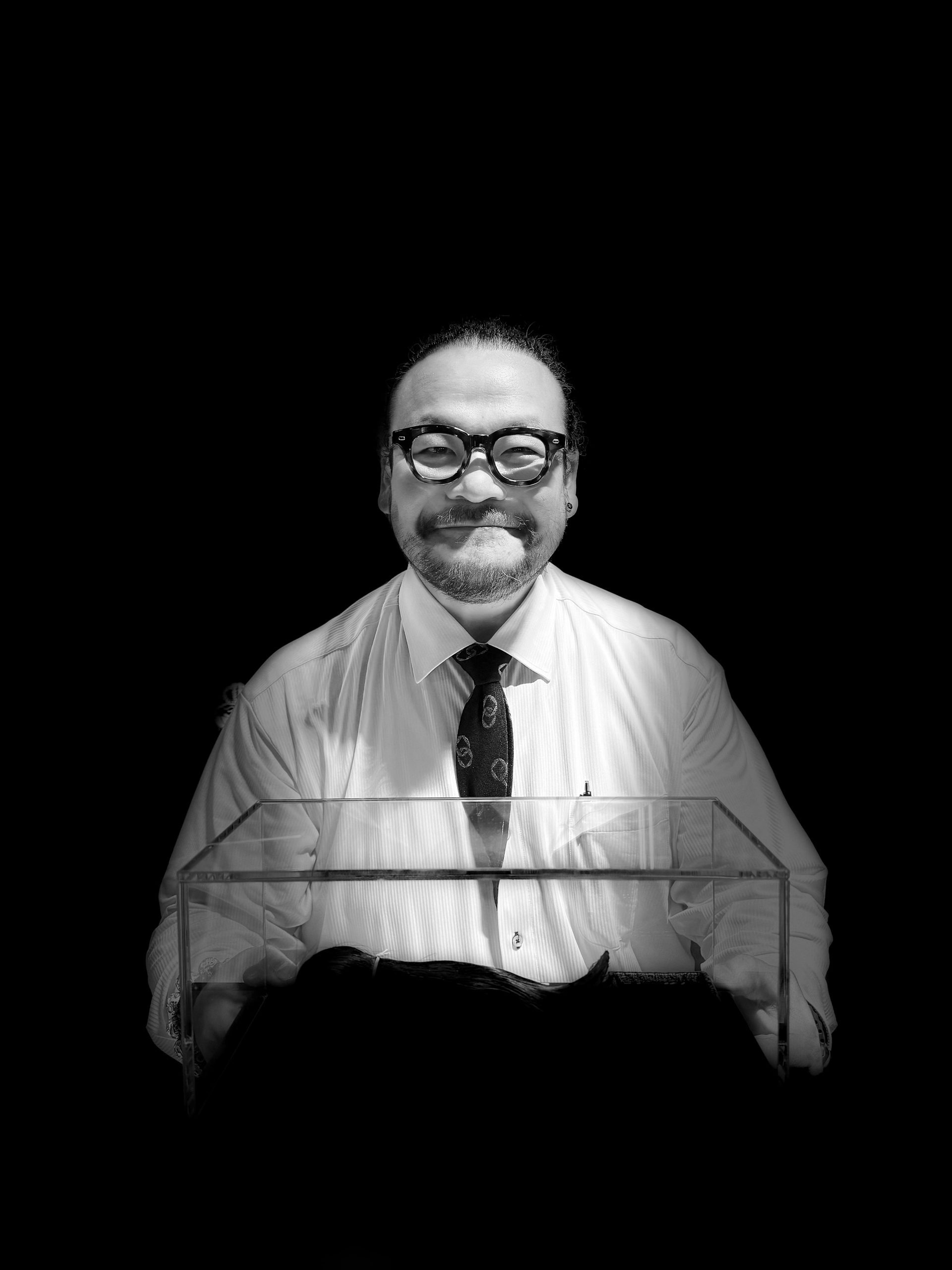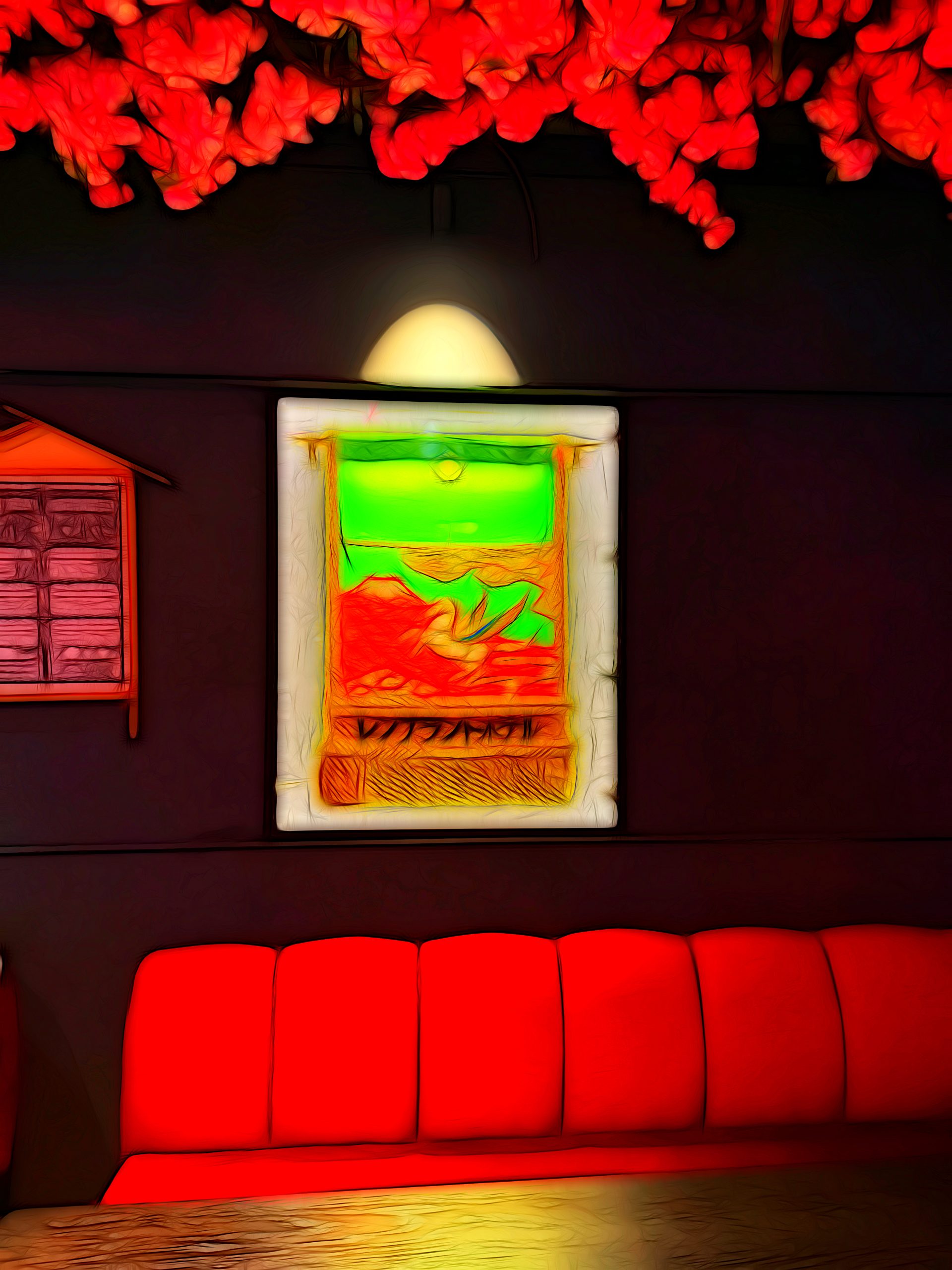Every year when I return to Mongolia, my ever-generous hosts make it a point to introduce me to other interesting Mongolian people in their vibrant network of friends and associates.
This year is no exception! The above digital artwork was inspired by a banquet at Erkhem-Ochiryn Sanchirbold‘s wonderful Japanese restaurant, TSUNA in Ulaanbaatar. Ryūō Noboru (b. 1983), Erkhem-Ochiryn’s professional Sumo name, is a former wrestler who reached the rank of maegashira 8. He retired from Sumo in 2013 (see below) and returned to Mongolia with his wife.
“Noboru” (登る/昇る) is a masculine Japanese name meaning “to rise,” “to ascend,” or “to climb”. The specific kanji used for the name can alter its precise nuance, but the core idea is one of upward movement or progress, symbolising ambition and growth.

The Mongolian Sumo wrestler Erkhem-Ochiryn Sanchirbold/Ryūō Noboru (pictured) retired in 2013. The ceremony where a sumo wrestler retires is called the danpatsu-shiki, or “hair-cutting ceremony” (断髪式). During this event, the wrestler’s traditional topknot (chonmage) is ceremonially cut by guests including family, sponsors, and other wrestlers, symbolising the end of their professional career. The final cut is always made by the head trainer of the wrestler’s stable. The ceremony is a grand celebration where friends, family, and supporters come together to mark the end of the wrestler’s active career and the beginning of their new chapter. Here, he is pictured with his still shiny (oiled and waxed) chonmage, a type of traditional Japanese haircut worn by men. It is most commonly associated with the Edo period (1603–1868) and in recent times with sumo wrestlers. It was originally a method of using hair to hold a samurai kabuki helmet steady atop the head in battle, and became a status symbol among Japanese society. In a traditional Edo-period chonmage, the top of the head is shaved. The remaining hair was oiled and waxed before being tied into a small tail folded onto the top of the head in the characteristic topknot. Ulaanbataar, 12 September 2025. Photograph: C.Pleteshner.
End of transcript.
Refer to the INDEX for other articles that may be of interest.
© 2013-2025. CP in Mongolia. This post is licensed under the Creative Commons Attribution 4.0 International License. Documents linked from this page may be subject to other restrictions. Posted: 25 September 2025. Last updated: 25 September 2025.
